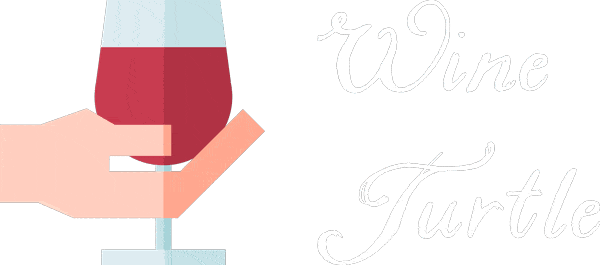Ultimate Chardonnay Food Pairing Guide [+20 Pairings]
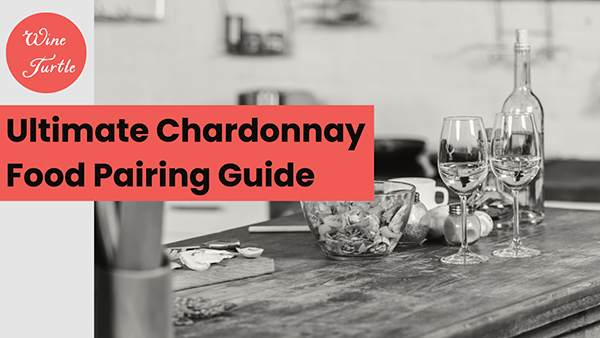
From dry to sweet to sparkling, with flavors ranging from lemon to honey to butterscotch, few wines can claim to be as versatile as Chardonnay.
Grown all over the world, available oaked and unoaked with ranges of sweetness, it’s no wonder that Chardonnay is the most popular white wine in the world.
This guide covers everything you need to know about making the perfect Chardonnay pairing.
We cover tasting notes, regional differences, and pairing tips, then finish with some awesome food pairing recommendations.
What Does Chardonnay Taste Like?
Before discussing which foods to pair with Chardonnay, it’s helpful to go over what Chardonnay tastes like and how its regional and winemaking differences affect its flavor.
Chardonnay is commonly found as a dry, medium-bodied white wine with medium acidity and alcohol content.
Chardonnay grows in cool, moderate, and warm climates, each possessing its own unique flavor profile. It is also widely made both oaked and unoaked.
In warm climates, such as in Australia, Chardonnay is fuller in body and exudes flavors of stonefruit and tropical fruit.
In moderate climates, such as in California, Chardonnay can have flavors of lemon, peach, and melon.
Cool climate Chardonnay, such as in Burgundy or Oregon, is usually higher in acid and has flavors of bruised apple, pear, citrus, and wet stones.
Many full-bodied examples of Chardonnay have aging potential and can develop flavors of nuts and honey in the bottle. However, young Chardonnay typically has more crisp and elegant flavors reminiscent of Pinot Grigio.
Oaked Chardonnay will develop distinct nutty, buttery, and vanilla flavors, whereas unoaked Chardonnay is crisp with more fruit-driven flavors.

French Chardonnay
Chardonnay is most commonly grown in Burgundy, where it is virtually the only white grape used to make White Burgundy.
In Burgundy, Chardonnay can be expected to have flavors of lemon, green apple, yellow apple, cream, toast, and vanilla.
While most examples of Chardonnay from Burgundy are oaked, one notable exception is Chablis. Chablis is unoaked and has floral and citrus aromas, with clean flavors of lemon, green fruit, and delicate minerality.
In addition to Burgundy, Chardonnay is one of the few approved grapes to be used in Champagne and the only grape permitted to make Crémant in Alsace.
US Chardonnay
While France is leading the way with Chardonnay production, the United States is closely trailing behind. Here, California is king, with exceptional Chardonnay coming from Napa, Sonoma, Carneros, and Santa Barbara, to name a few.
California Chardonnay produces wines full of tropical, stonefruit, and citrus flavors. Both oaked and unoaked examples are expected, with oaked Chardonnay excluding flavors of brioche and cream.
In addition to California, Oregon also makes excellent Chardonnay. Oregon’s Willamette Valley produces high-acid, lightly oaked Chardonnay with flavors of bruised apple and lemon.
Australian Chardonnay
Chardonnay is widely made in Australia and is its leading white wine produced. Typically made as a single varietal and blended with Semillon, Chardonnay is more of a warm climate style.
The best Chardonnay in Australia comes from the Yarra Valley and Adelaide Hills in South Australia. Expect flavors of tropical and stonefruit to dominate, with Semillon often added to impart citrusy flavors.
Chilean Chardonnay
While not known for its complexity, Chile nonetheless produces crisp and easy-drinking examples of Chardonnay.
Most notably in Casablanca Valley and Central Valley, quality levels vary, with wines ranging from lean and subtle to balanced. Flavors of grapefruit, lemon, and pineapple can be expected, with little to no oak flavor.
How to Pair Chardonnay
Chardonnay is as diverse in its winemaking style as it is in its regional flavor profiles, making it an ideal food pairing wine if you’re willing to commit a few styles to memory.
When paired successfully, Chardonnay unwinds into a delicious, well-balanced, refreshing white wine that imparts delicate flavors, elevating everything it’s served alongside.
Factors to Consider When Pairing Foods with Chardonnay
The two most important factors to consider when selecting which Chardonnay to pair are its style (dry, sweet, sparkling) and if it is oaked or unoaked.
Oaked Chardonnay will have more rounded-out flavors with heavy notes of cream, toast, and oak spices. These flavors compliment like-minded buttery and creamy dishes.
Unoaked Chardonnay will have more crisp and clean flavors, with their natural citrus and green fruit flavors being revealed. These flavors belong with lightly seasoned dishes, seafood, and creamy sauces.
Sweet styles of Chardonnay, such as late harvest Chardonnay, are best paired with sweet dishes like whipped cream with fresh fruit or lemon bars.
Sparkling Chardonnay, such as Champagne or Crémant, can be served with just about anything. From fried foods to spicy dishes to pizza, Champagne should always be on the table.
In general, it is best to avoid heavy meat dishes, smoked meat, and anything that you would otherwise consider fit for red wine - since that’s the only thing that Chardonnay can never be!
The Best Chardonnay Food Pairings
As mentioned countless times, Chardonnay is wonderfully versatile and fit for endless food pairings. Here are some of my absolute favotites!
Chardonnay Meat Dish Pairings
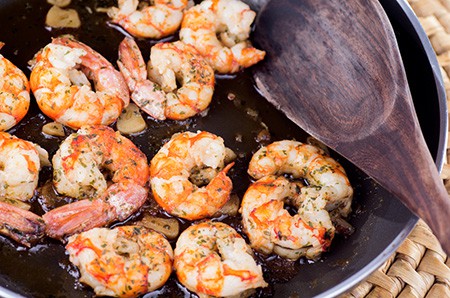
Shrimp scampi cooking in a pan
Chardonnay Vegetarian Dish Pairings
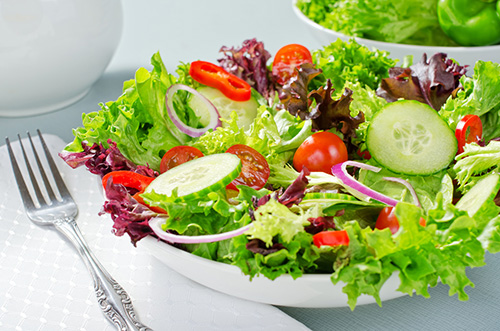
Green leaf salad
Chardonnay Appetizer Pairings
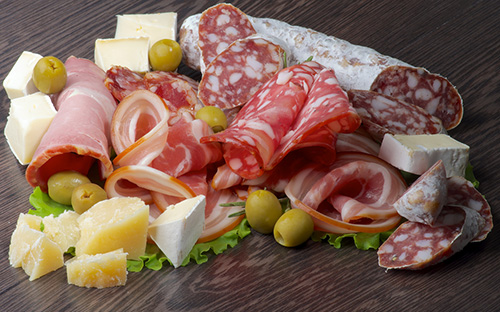
Charcuterie Board
Chardonnay and Cheese Pairings
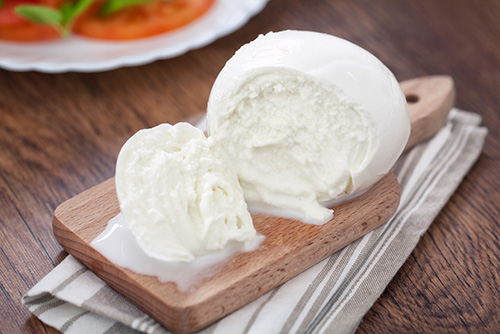
Buffalo Mozzarella Cheese
Chardonnay and Snack Pairings
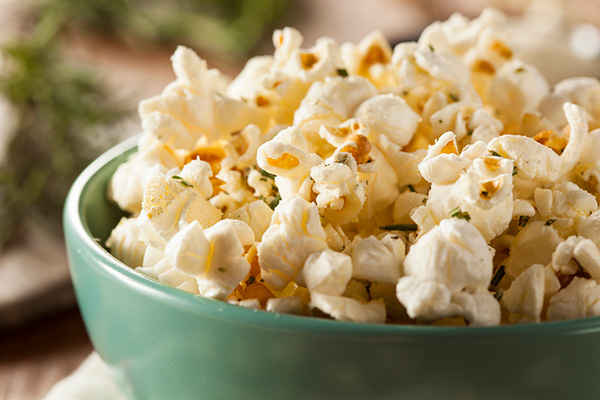
Popcorn in a bowl
